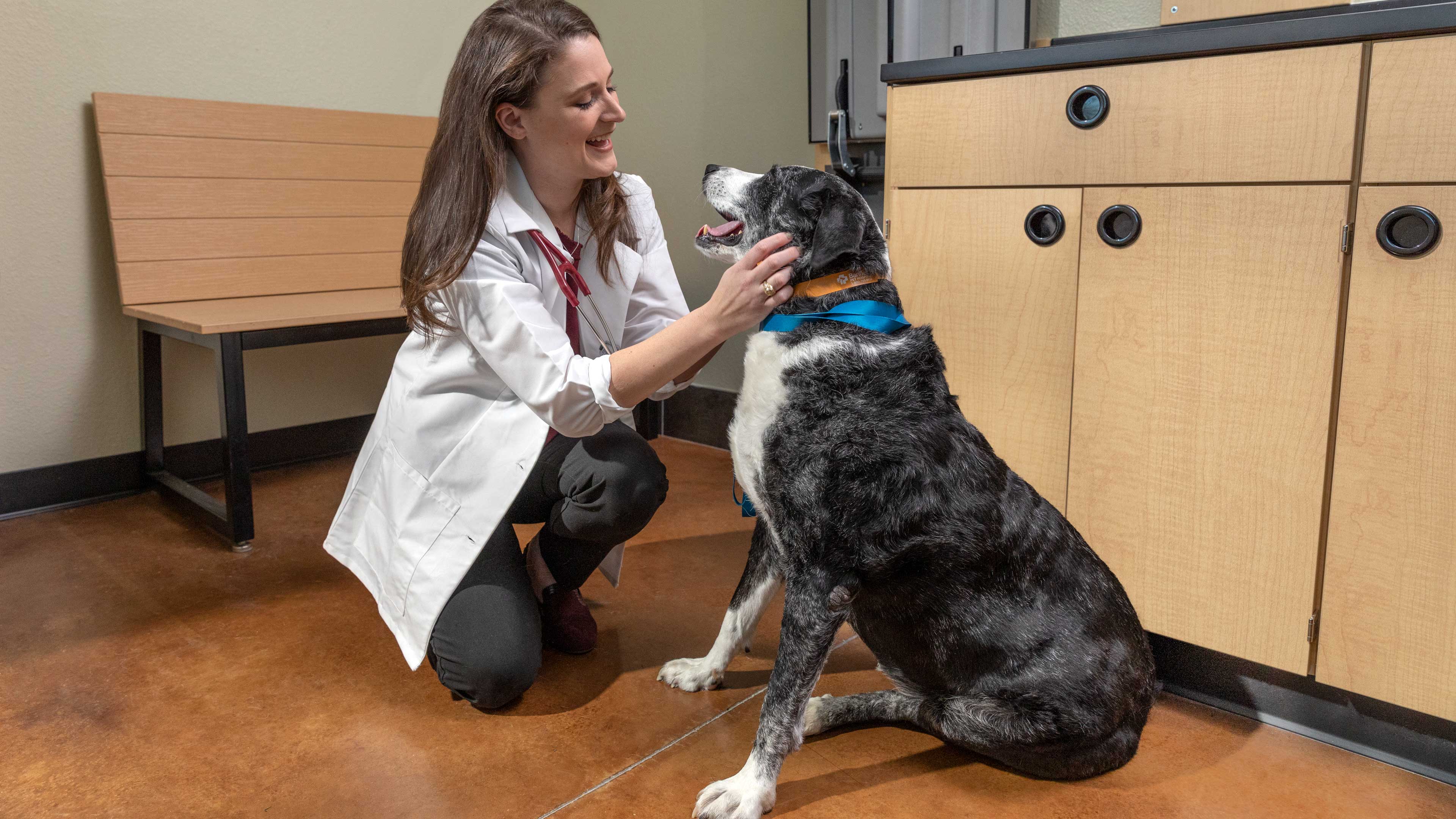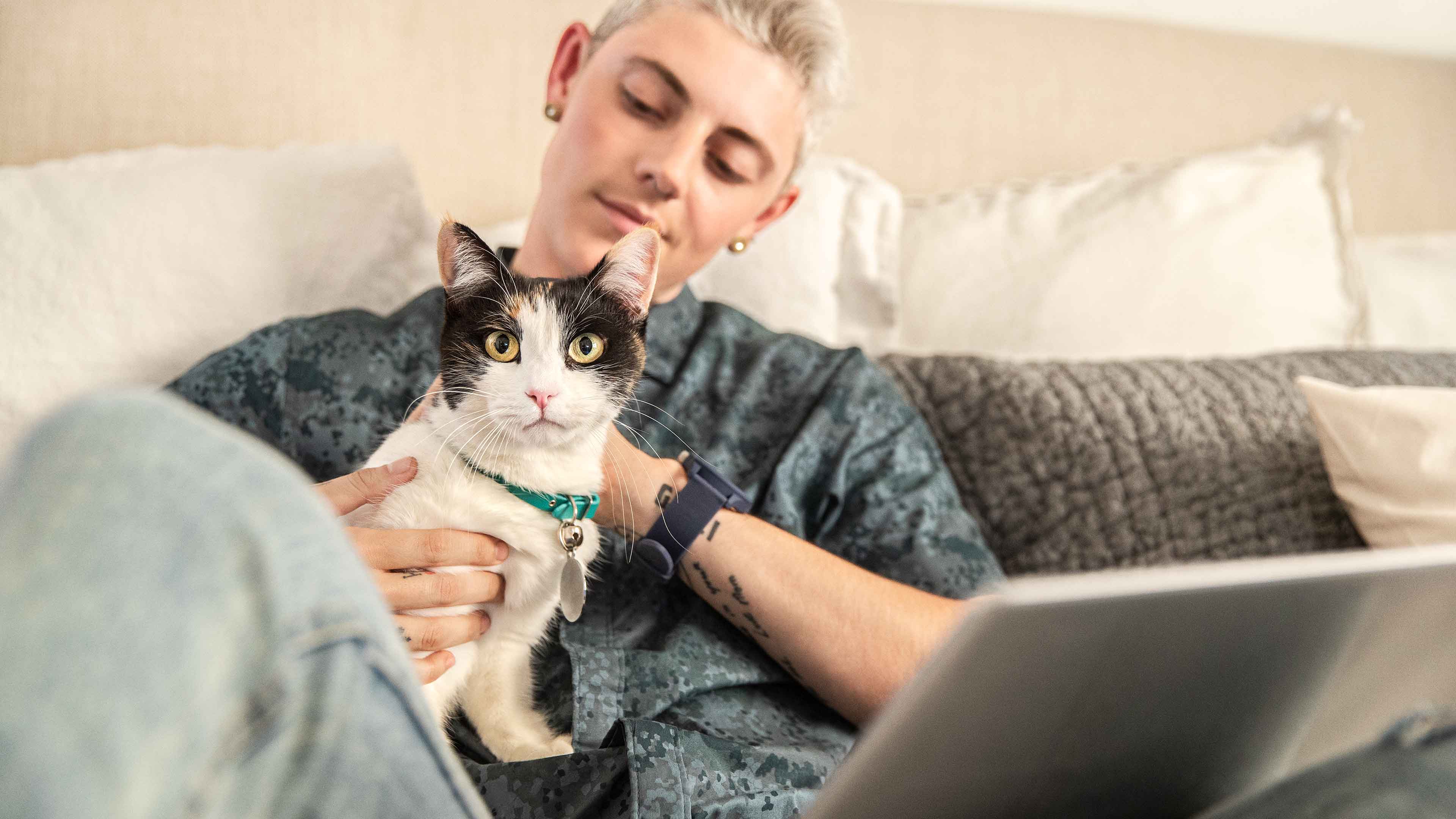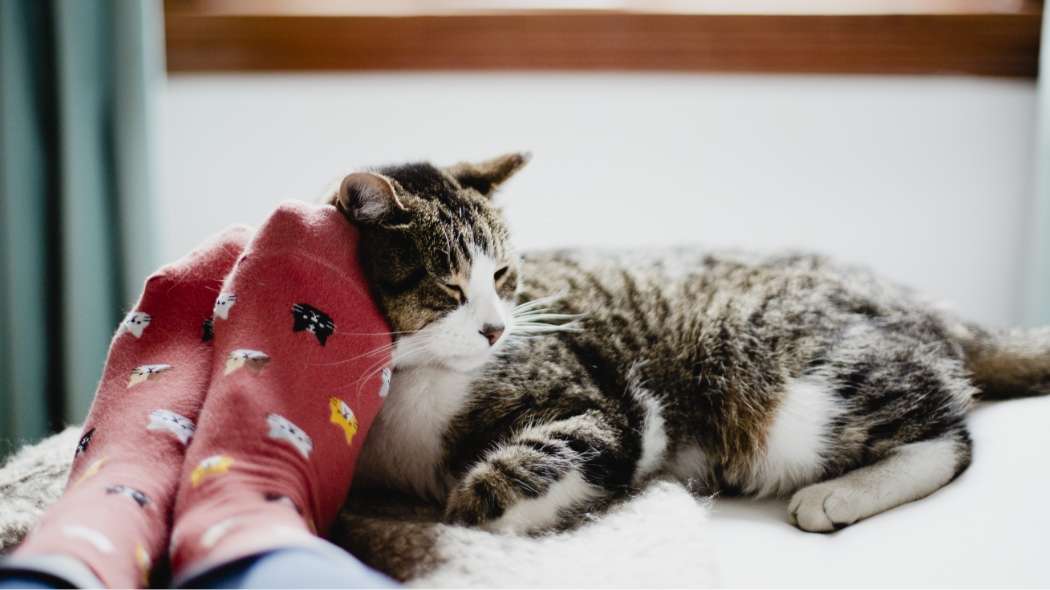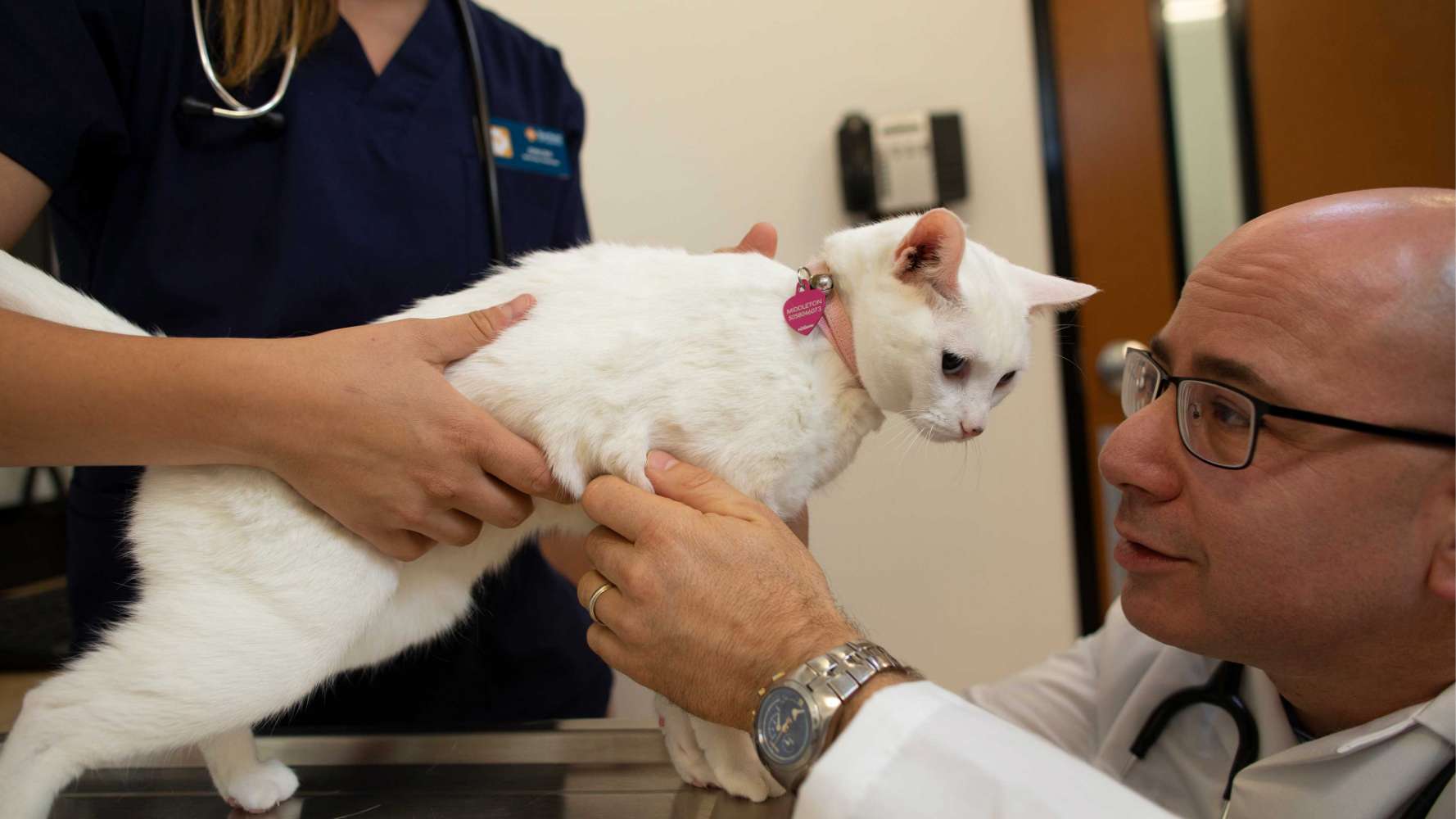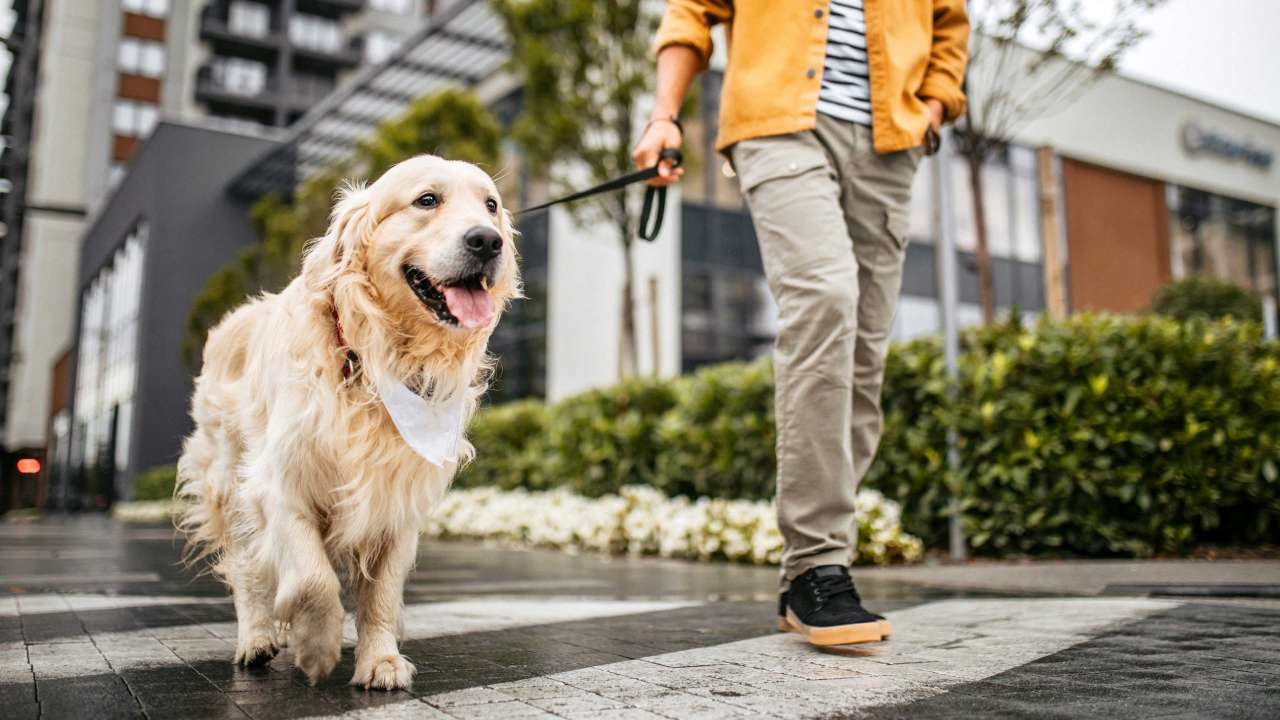keep your senior pet active, healthy, and happy
Do you have an older Golden, a wizened Weimaraner, or Abyssinian of advanced age? Senior pets have mobility needs just like those young pups and kittens. Often, however, these needs are more specific and require different care than those of younger pets. So before you opt for a one-size-fits-all approach to activity, get to know the unique challenges our older pets face and how you can help keep them moving for years to come.
What’s going on?
It can be difficult to know what’s causing a pet’s slow-down. But beware of placing the blame for your pet’s lack of movement to the vague notion of aging. Age alone doesn’t explain why a dog or cat is suddenly less capable of climbing the front steps or has lost interest in playing with their favorite toys. A lot of times, we might not even notice that a pet is experiencing mobility problems until they develop symptoms we can’t ignore, like a visible limp or drastic decrease in activity. Just as in their younger days, if they’re experiencing a change in mobility, there are likely underlying and treatable issues at hand. So remember: senior doesn’t necessarily mean slow. If you notice a slow-down, talk with your Banfield veterinary team to get to the root of the problem.
Dogs often experience problems with their joints which can lead to stiffness and limping, among other issues. A common cause of this can be osteoarthritis, which is an inflammation of the joints. While often associated with older age, osteoarthritis can be found at any age in your pet’s life. Happily though, the earlier osteoarthritis is detected and managed in your little loved one, the better off they’ll be. Yet another good reason to have an Optimum Wellness Plan from Banfield (but you probably already do, because you’re awesome). Also ask your veterinary team about pain relief medications such as Galliprant®.
Obesity can be a big problem
Unfortunately, one main reason for mobility issues in pets is obesity. Excess weight can put an unnecessary strain on your dog’s bones and joints, putting them at a higher risk for developing more debilitating conditions. The good news? The easiest solution is just to keep your aging buddy active. Some tug-o-war here, a walk there, the occasional romp in the dog park, all these things will help keep your older dog feeling young. If you notice any mobility challenge symptoms or have questions about how to improve your dog’s mobility, schedule an appointment with Banfield and we’ll help you find answers.
Getting old doesn’t have to mean slowing down. By paying attention to your dog’s playtime wants and mobility needs, you can help ensure more furry cuddles for years to come. And if you have an older dog or cat, definitely explore a Special Care Optimum Wellness Plan from Banfield Pet Hospital.
 Mites and mange
Mites and mange Podcast - Not Just Fluff
Podcast - Not Just Fluff


